Kaufering I-XI
Outside Landsberg am Lech, about fourty kilometres west of Munich, eleven labour camps were established, called Kaufering I-XI, which existed between June 1944 and April 1945. All camps were subordinated to Dachau. The prisoners came from previously evacuated camps threatened by enemy armies, mainly Eastern Europe. In Kaufering prisoners were forced to live in unheated substandard huts, partly underground, partly above ground. The prisoners were mostly used as slave workers in construction of underground factories in the area. In these, it was intended that the germans would place production of parts for the German fighter plane, Messerschmitt ME 262. The factories were called Walnuss II, Weingut II and Diana II, and lay completely or partially underground and massive enough to withstand allied bombings. The Germans planned to build six large factories, but only three were started, and these were never fully completed before the end of the war due to lack concrete and steel. No production ever began, or at least so minimal that it didn’t had any effect of the war.
Lack of food, lack of medical care, lack of medicines and slave labor contributed to a high mortality rate in all camps. Until the autumn of 1944, dead prisoners were transported twice a week to Dachau for cremation. However, due to transport difficulties and fuel shortages, the SS chief, Heinrich Himmler, decided that dead prisoners would be buried in mass graves in the vicinity of respective camp. Dead prisoners were transported on carts pulled by other prisoners to the mass graves and buried.
In January 1945, a typhoid epidemic broke out in several camps, killing thousands of prisoners. All the commanders had previously served in concentration camps in Eastern Europe. Add to that the brutality of the guards, which was often arbitrary. In late April, 1945, the SS began evacuating the camps and the prisoners were forced out on Death marches towards Dachau. When the Americans liberated the camps on April 27, 1945, the SS had set parts of the prisoner barracks on fire and hundreds of corpses were scattered in the camps. A few prisoners who had been hidden or left behind by the SS met the American liberators. Of the approximately 30,000 prisoners who were in one of the camps, about half died. The prisoner huts were in such poor condition at the end of the war that most of them were destroyed. Only a few camp buildings in varying condition remains and it can be difficult to determine what is what.
Current status: Demolished with monument (2024).
Address: Erpftinger Strasse, 86899 Landsberg am Lech.
Get there: Car.
Follow up in books: Kogon, Eugen: The Theory and Practice of Hell: The German Concentration Camps and the System Behind Them (2006).
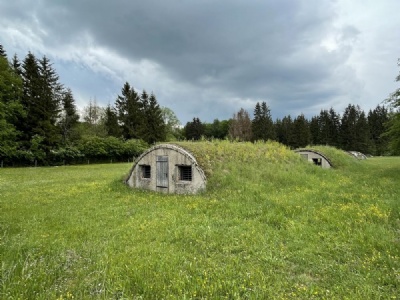
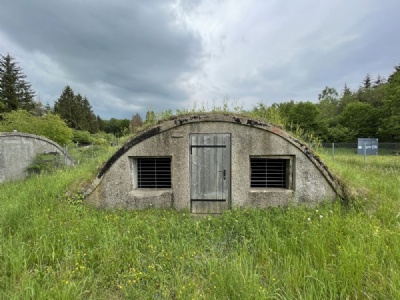
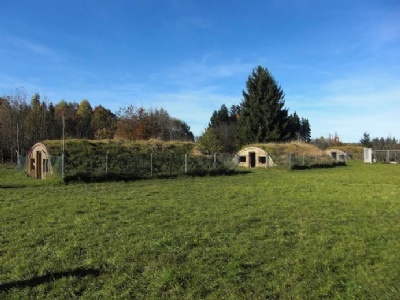
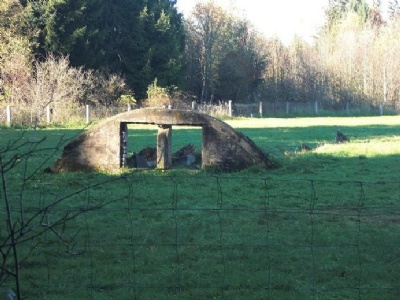
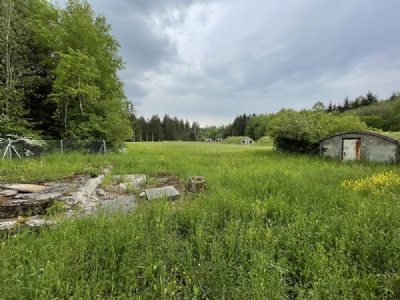
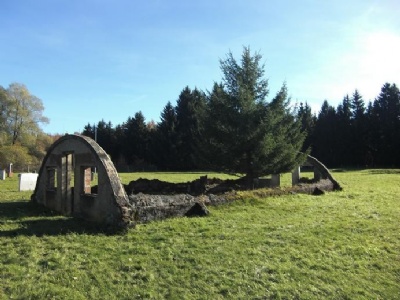
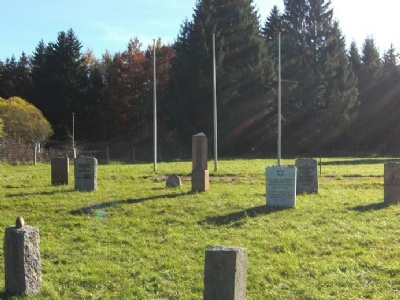
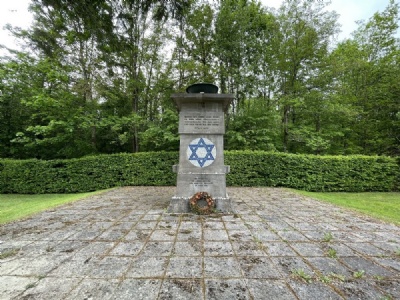
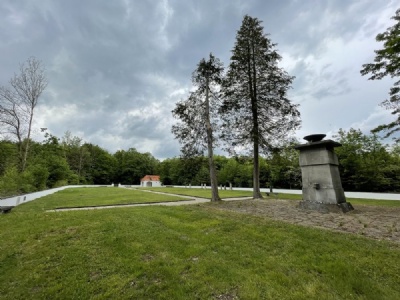
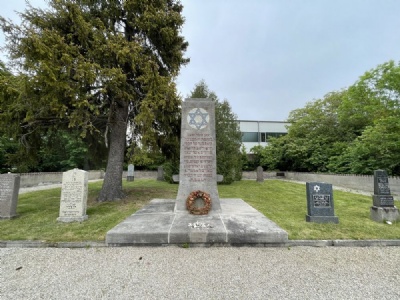


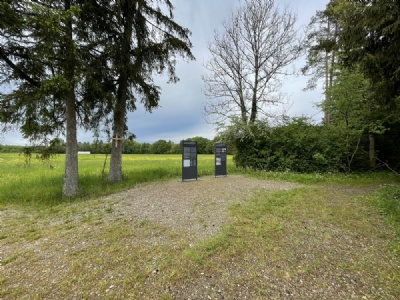
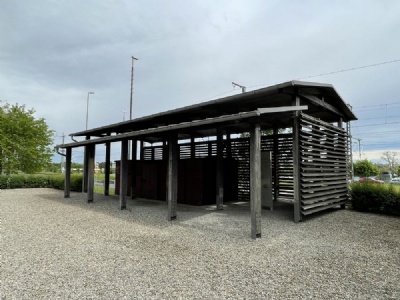

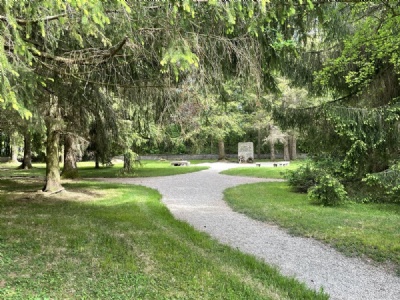
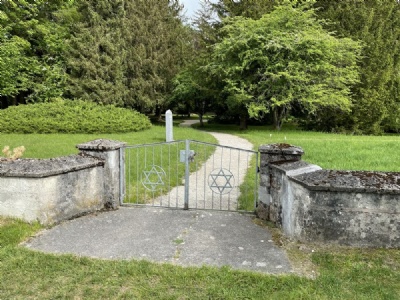


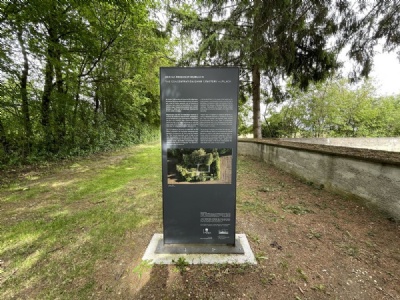
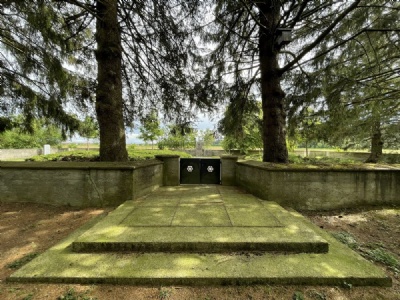

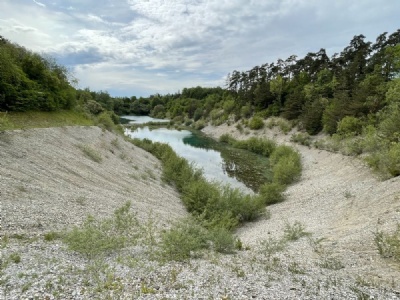
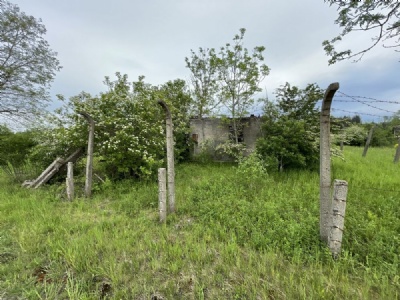

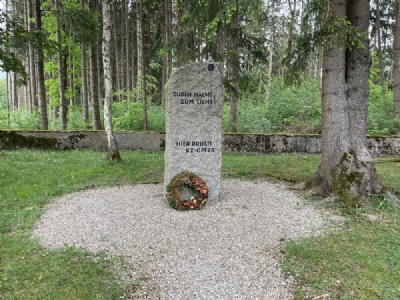


In 1983, by chance, some huts were found that had been well hidden under the vegetation at Kaufering VII and there is now a memorial dedicated to all eleven camps. The ruins after the camp are located within a closed area and can only be visited in the company of a guide booked in advance. At Weingut II you can also visit a preserved part of the factory, but as this is within military area, this can also be visited only in the company of a pre-booked guide. The other camps are razed but most of them has memorial monuments, cemeteries and/or information boards. Altogether, there are fourteen camp cemeteries within the Landberg am Lech region.
The ninth episode in HBO series, Band of Brothers (2001), Why We Fight, is about the liberation of Kaufering IV. This is by far the most well-made and realistic film adaptation made so far by a concentration camp.